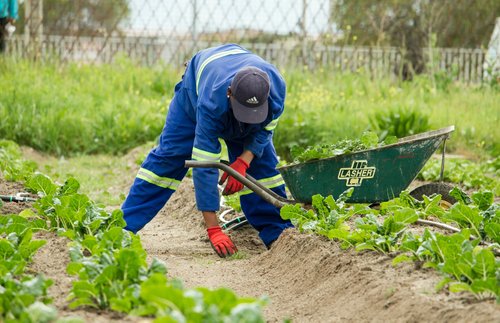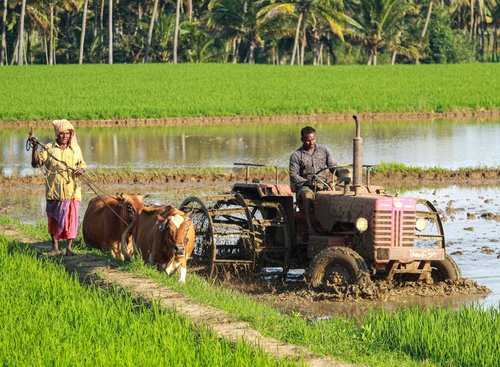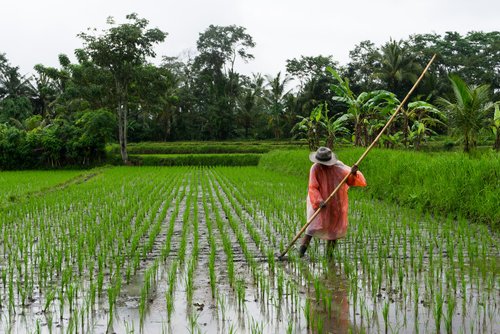
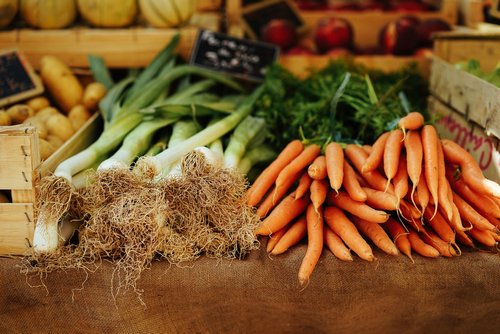
Ensuring health through access to food has long been a struggle for humans since time immemorial. With better control of food through multiple agricultural revolutions, the human population has been allowed to grow exponentially. This has forced human civilization to reach for new innovations to keep up with the demand of the population.
In 2019, almost 10 billion tonnes of crops were estimated to have been produced (FAO). This amount is enough food to feed everyone on the planet 1.5x over! Despite the surplus of food being produced, global food insecurity is estimated to be 690 million people by the State of Food Security and Nutrition in the World reports 2020. This year over year continued rise can be attributed to the unsustainable dominant food systems that are in place, which focus on production volumes over access to food. The threat of the current food system has been made clear in the midst of the COVID-19 Pandemic as well as in the latest IPCC climate report, reinforcing how important it is for all people to have access to enough food. With the many different challenges of food production, there have been many concepts that have been put forward and two of them are food security and food sovereignty.
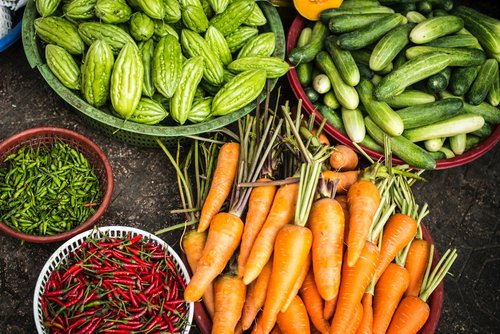
Food security: all people, at all times, have physical and economic access to sufficient, safe and nutritious food that meets their dietary needs and food preferences for an active and healthy life (FAO, 2016).
Food Sovereignty: the right of peoples to healthy and culturally appropriate food produced through ecologically sound and sustainable methods, and the right to define their own food and agriculture systems. (La Via Campesina, 1996).
Providing enough food for everyone has been a hot topic, especially as the human population is growing at an exponential rate, thus making food production a vital challenge to solve for the future. From the actions engendered from the food security challenges of producing enough food for all, the concept of food sovereignty was coined.
Food sovereignty is a grassroots movement that has grown from the agricultural workers, Indigenous peoples and landless workers most impacted by global hunger and poverty. Unlike food security, food sovereignty goes beyond ensuring that people have enough food to meet their physical needs and includes people into the equation. It asserts that people must reclaim their power in the food system, with the focus on reestablishing the relationship between people and the land, along with food providers and consumers.
The primary objective of food sovereignty and food security is to meet people’s dietary needs towards improving human health through food and, thus, the two are closely related in their policy framework. However, their definitions are open to interpretation and have resulted in the two concepts frequently represented as being in direct opposition. This has created a polarizing environment when discussing food security and food sovereignty. Are these two different approaches to ensuring food for everyone or is the difference between the two more nuanced?
Both concepts of food security and food sovereignty have shifted in meaning through time and as a result, we have many overlapping definitions that creates a confusion of what each concept aims to achieve.
As noted by Food Secure Canada, food security can be viewed as a strategy to protect and distribute food in the existing food systems, whereby the food system includes everyone involved from food production to consumption. Food sovereignty, on the other hand, describes a way to get there. That is building a food system that puts people and the environment at the heart of its operations, to ensure food security for all people, both present and future. Therefore food sovereignty will be an important component to food security, thus the two concepts are not mutually exclusive.
The definition of food security seems to be quite hard to agree on, both by individuals and international institutions. When most people hear the words food security, many associate this with improving yields of crops to elevate production levels. This is understandable as increasing food production is cited as one of the major challenges facing humanity if we are to feed our expected population of 10 billion people in 2050. With the support of international financial institutions, ‘food security’ has become the most used concept in agricultural policies implemented by governments. However, the production-orientated approach, spearheaded by the Green Revolution that focused on high input and high-tech agriculture, is only the tip of the iceberg when it comes to solutions for food security. Focusing on yield and production alone ignores crucial questions of governance, accountability and power.
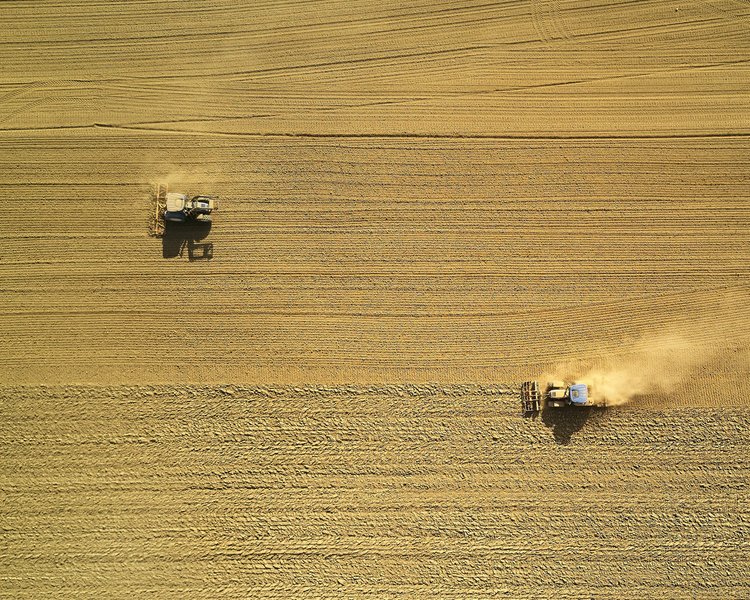
In fact, countries like Thailand, Papua New Guinea, Tunisia and Morocco and India, focused heavily on industrialized agriculture to improve production, market needs and profit. Unfortunately, these food systems failed to provide access to safe and nutritious food for the local population. This approach to food security has contributed to a series of livelihood and food crises, as control over food systems has come to be increasingly concentrated in the hands of profit-focused transnational corporations. This allows big businesses to operate unchallenged and unabated, eliminating competition and dictating unfair terms to their suppliers. These pro-business policies play an important role in forcing farmers and consumers to remain in a circle of poverty along with promoting monoculture cropping that brings social challenges and adverse environmental consequences. Production alone is not all that food security is about, and many corporations seem to justify their actions by hiding behind the guise of solving food security, while pushing a profit agenda.
These large corporate industrial farms focus on monoculture which is unsustainable as the crops are non native, require copious amounts of water, and are susceptible to disease and natural disasters. They overtake small family farms that grow diverse native crops they can sustain a variety of climate oscillations, ensuring a sustainable level of food at all times.
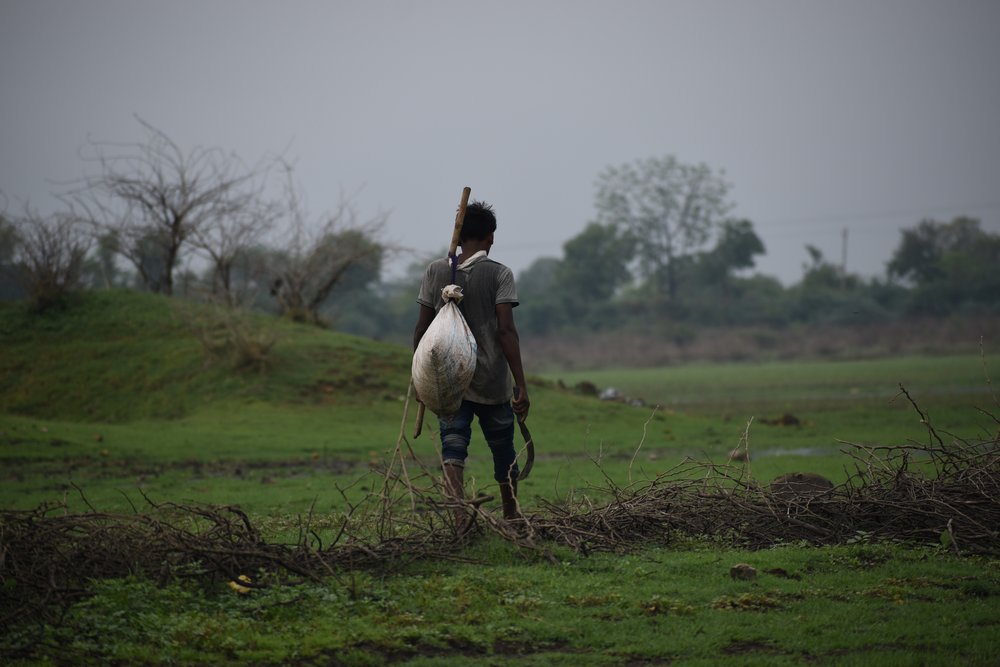
The food sovereignty movement was a response to this problem, aiming to highlight the other levels of food security. By creating an approach focused on local producers and sustainable practices, it has presented an alternative solution to our 2050 food insecurity problem. Since we are already growing enough food to feed everyone on the planet (overproduction results in 30- 40% of all food waste), production isn’t the problem. Food sovereignty can be a viable solution to ensure long term sustainability of both food systems and the planet. Through focusing on agroecological approaches inspired by nature to optimize our food production, we can create synergies that support food security. These approaches help restore the environment that is essential for agriculture, thus improving the resilience and adaptability of our food systems.
Since the creation of the food sovereignty definition in 1996, Via Campesina has created a more encompassing definition to try to include the intricacies involved for a fairer system. In addition, food sovereignty is also guided by 7 pillars that aim to provide best practices that allow people to choose what food to eat, where it comes from and how it is grown.
Food security and food sovereignty are evolving concepts that constantly change and adapt. The main goal of both is to provide food for everyone that leads to a healthy future for all. The food sovereignty movement is by no means in direct opposition to food security goals, thus the juxtaposition of these two concepts is more confusing than helpful. Food security is the end goal, not production levels, and food sovereignty is a way to achieve this goal by putting food security in the hands of the people and not big corporations. Through an emphasis on the people, from the producer to the consumer, along with the environment that upholds the food systems, food sovereignty is a much more inclusive way to ensure that everyone benefits and not only a few. In the end, we want to achieve food security for all in the best possible way, respecting both people and the environment.
